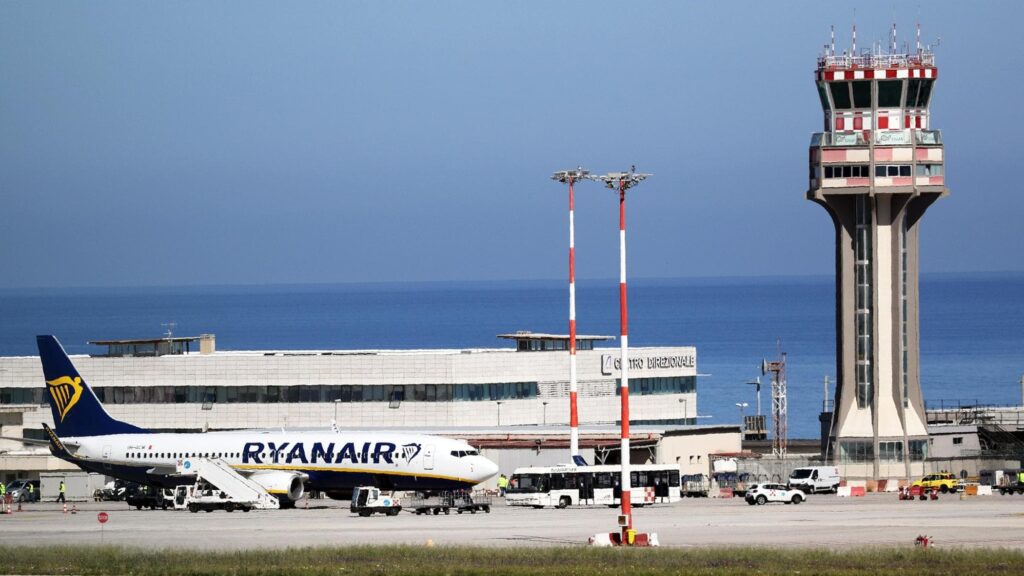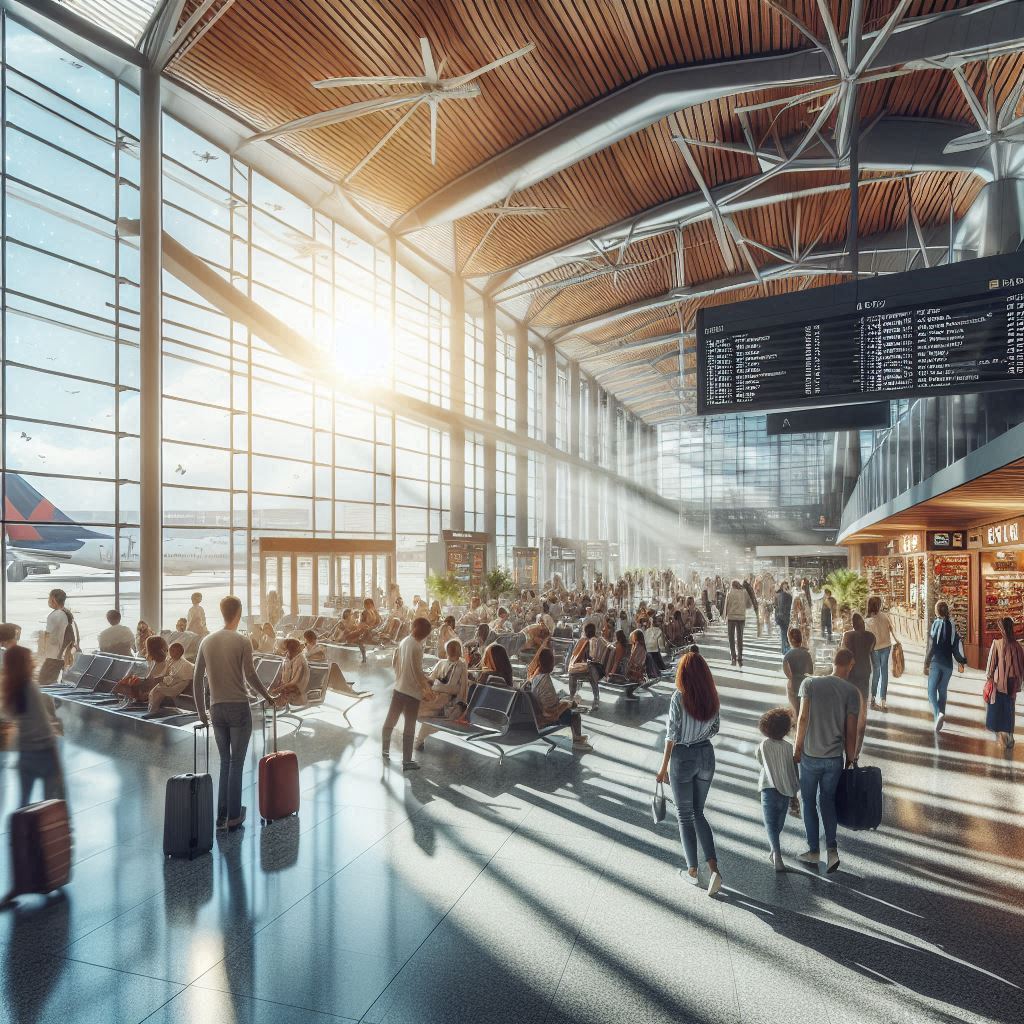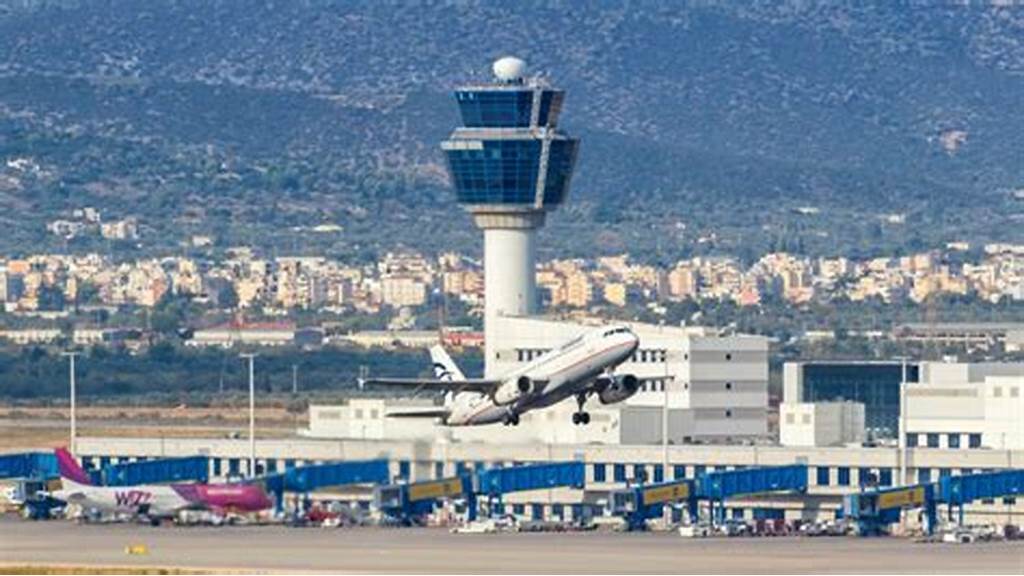History and Curiosities about Catania-Fontanarossa “Vincenzo Bellini” Airport
Catania-Fontanarossa Airport has a fascinating history dating back to the early 1900s. Initially conceived as a military airfield, the site was used for warfare during World War I. In the 1920s, the airport began serving civil flights, becoming one of the first airfields in Sicily.
The Origins
The first official civil flight dates back to May 11, 1924, when the airport was inaugurated as a hub for passenger transport. During World War II, the airport suffered extensive damage due to bombings, but was later rebuilt and expanded to accommodate increased commercial air traffic.
Growth and Modernization
In the 1960s, with the rise of tourism in Sicily, the airport saw a notable increase in passenger numbers. This led to the need for expanding infrastructure, including the construction of a new terminal in the 1970s. In 2007, the airport was named after composer Vincenzo Bellini, honoring the culture and history of the city of Catania.
Curiosities
A debated name: Before being named after Vincenzo Bellini, many citizens would have preferred the airport be dedicated to Angelo D’Arrigo, a famous aviator from Catania known for his world records.
A symbol of resilience: After World War II bombings, the airport was rebuilt and became a symbol of Sicily’s economic and cultural rebirth.
A continuously expanding hub: Today, the airport is fifth in Italy for passenger traffic and continues to grow, with modernization projects including new terminals and infrastructure.
Catania-Fontanarossa Airport is not just a transit point, but a place that tells the story of Sicily and its strategic role in the Mediterranean.



